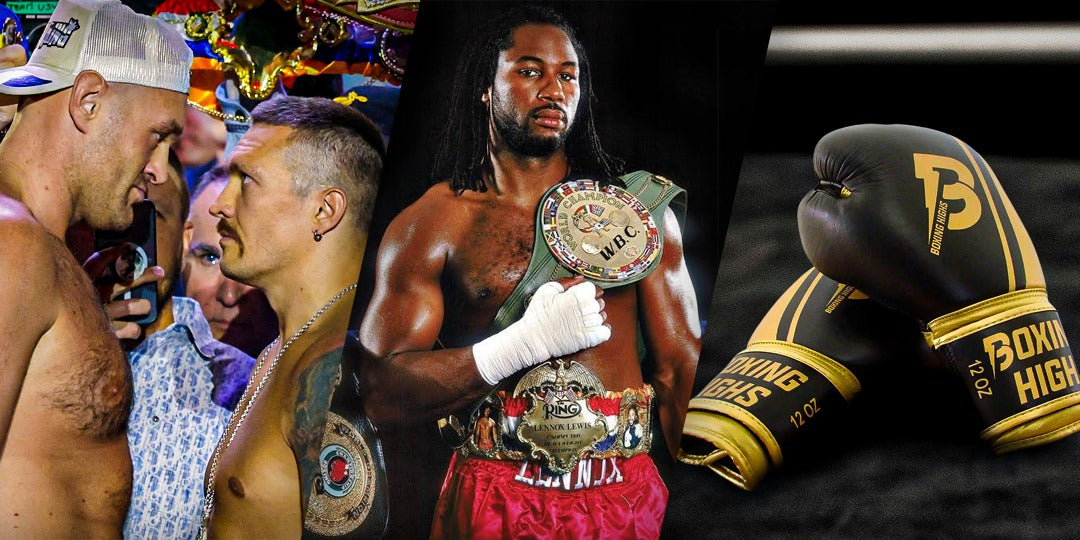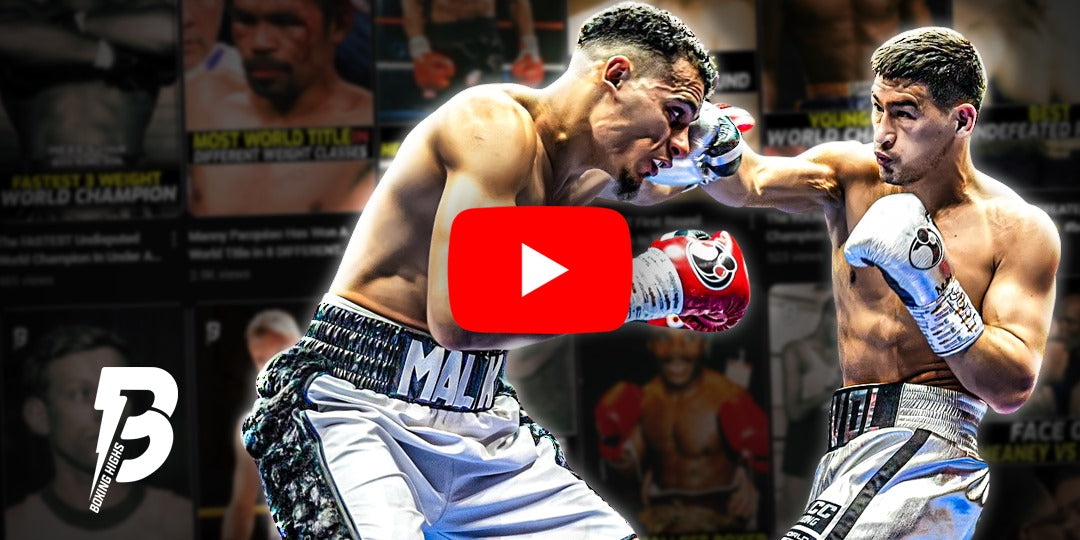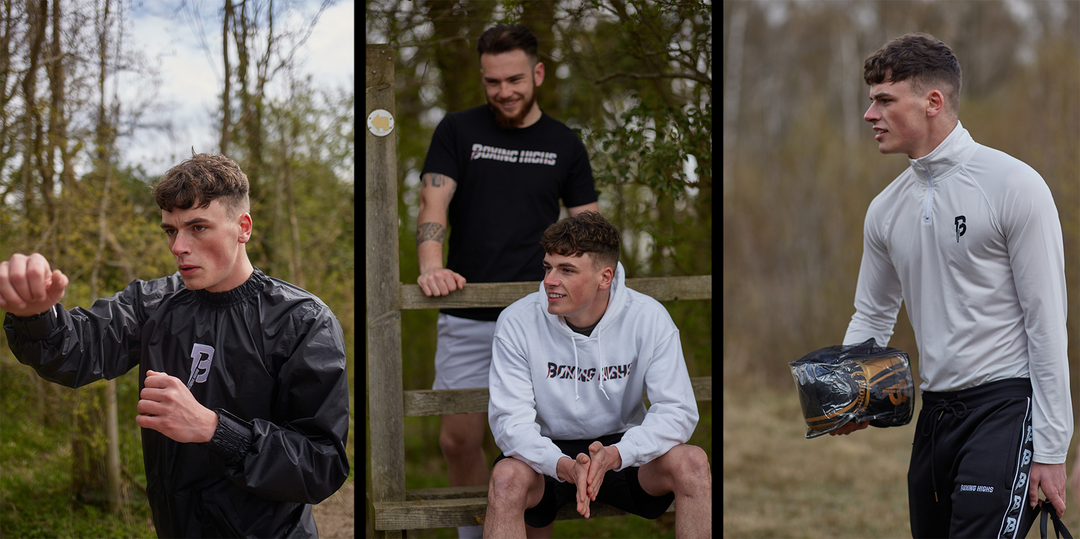How To Become An Olympic Boxer : The World of Olympic Boxing
Boxing has taken place in every Summer Olympics since 1904, except for the 1912 Olympics where the sport was banned. In 2012, women were finally allowed to participate in Olympic boxing. Since 1936 weight has been determined by KG instead of pounds due to its origins in Europe and as time changed, so did the number of weight classes. Currently there are eight weight classes for men and five weight classes for women. In recent times they have decided that men no longer must wear headgear in Olympic competition after increased research into the the benefits and implications of headguards. As of 2016 the United States have won the most gold medals with 50 and Cuba comes in at second place with 37. In 2016 professional boxers were now allowed to participate in the Olympics. Many view the Olympics as an amateur’s world, but some countries allow professionals to fight in its competitions and some decide to attempt a gold medal run after turning pro. The Olympic and professional sport can be very different and more importantly how does one become an Olympic fighter?
A Nation cannot just qualify their top fighters for the Olympics, the fighter must rather qualify through events. Some feel boxing may be the hardest of the Olympic teams to qualify for. Fighters participate in multiple fights and multiple days during an event. There are a limited number of spots for both men and women. In 2016, there were 6 qualifying tournaments through the WSB, the APB, and the AIBA. Each event awards a determined number of spots to individuals. Occasionally fighters who won the US Olympic trials but did not place high enough at the championships, then that fighter must requalify at a later Olympic qualifying event. You may on top of winning a U.S. trial have to finish high in an international event as well. A country can enter one athlete per weight category and have a max of six spots. Boxers are paired off at random and regardless of ranking are matched up for a single elimination tournament in each class. Medals such as bronze, silver, and gold are given in each division respectively. It may seem like the professional level but there are some differences, that can make it a different beast all together.
In similar fashion to professional boxing, an Olympian must make weight. However, they will have to make weight before each of their bouts. So, you typically don’t see the huge weight drain like you would in a professional outing. Instead of seeing a 6-12 round fight, the amateur ruling which Olympics go by are three, three-minute rounds. Along with this instead of three judges ringside, there are five. Many times, at the professional level the preparation, buildup, and recovery can have fighters fight anywhere from 1-4 times in a year. On the other hand, qualifying and Olympic gold mean multiple fights in concurring days. Someone who has lost may end up fighting 6-7 times in that week. As you can see there are both advantages and disadvantages to professionals fighting in this one time.
The main change in recent years, being that a professional can now go back and fight in the Olympics has caused many differing opinions. Surprisingly amateur boxers throw more punches per round than a professional boxer, due to the low number of rounds. They must get more punches out and landed in a shorter period. Could fatigue come into play in such a low number of rounds? This is another reason why there are less knockouts in the Olympics as there are only three rounds to do the damage. A fighter must use footwork, defense, countering, and other means necessary to gain victory. I think the main disadvantage a pro boxer would have is the weigh in, refuelling after weigh-in, and recovery time. All are much different during the Olympic trials and are in a much smaller window. Fighters must weigh in before each fight and cannot do the normal weight fluctuation of a professional fighter. This may also keep them up fighting at a higher weight division. Recovery is also only one to two days, while they are normally recovering for weeks to months. At the same time, a professional has much more experience and potential power behind their punches. You are now allowing fighters who are potentially world champions to take on an amateur for Olympic gold. I am not sure if allowing professionals to fight at the amateur level is warranted but both seem to have their advantages and disadvantages.
Before COVID a total of 286 boxers were to fight in the Tokyo 2020 Olympics and of those 100 were women, which was a large increase to 2016 due to new weight classes added. Fourteen spots were already taken and the other 272 would be given out through tournaments and qualifiers. This was all pushed back and hopefully still take place in 2021, so we can see some amazing action in the ring. A surprising fact is that Olympic gold -medal winners tend to go pro less than those who only win silver or bronze. I am not sure for the reasoning of this, but of those gold winners that do go pro, they are very successful. Insert names such as Muhammad Ali, Joe Frazier, and Claressa Shields. The road to the Olympics seems to be hard and full of trials and tribulations. However, if you decide that path, you become not only a team with your nation but a family and winning gold is a once in a lifetime endeavour.
Do you watch Olympic Boxing? What's your favourite weight class?
Let us know in the comments below!
Don't forget to checkout our collection of boxing training clothing including tracksuits, tank tops, compression wear, shorts, t-shirts, hoodies, boxing gloves and much more!
We offer worldwide shipping!





I’m 28 and I want to become the next champion in Olympic boxing 2023..
Leave a comment